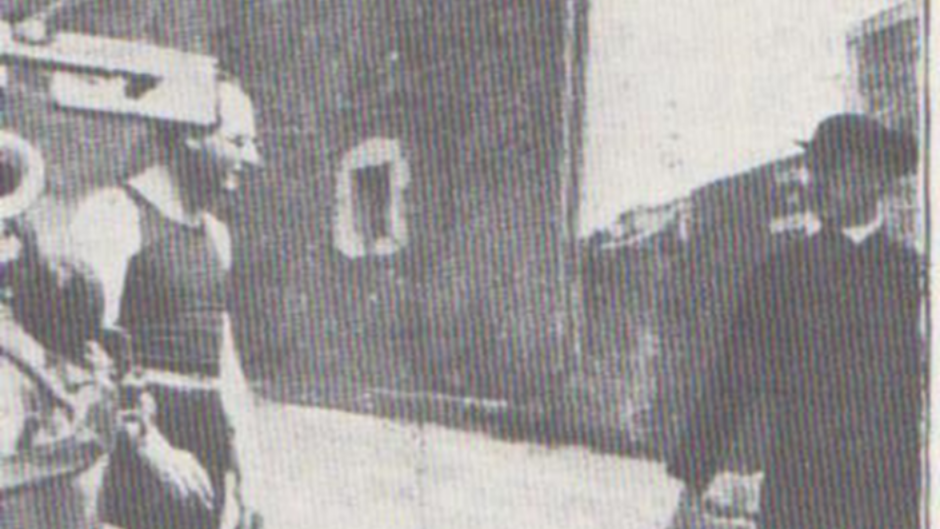This course explores the history and theory of one of the most diverse, controversial and influential cultural formations of the twentieth century across 1919-70 and its subsequent critical reception up to the centenary year of the Manifesto of Surrealism (1924). While typically positioned in an art historical chronology that places it between Cubism and abstract expressionism, Surrealism has achieved problematic status, prompting debate up to the present day as to the nature of both modernism and postmodernism.
The course is structured in a chronological and thematic manner which maps the trajectory of the Surrealist group in France from its origins in the First World War to its dispersal to the Americas at the beginning of the Second World War and return to France thereafter, allowing close attention to be paid to the central theoretical questions and themes addressed by the Surrealists: the interpretation of nature in writing and painting; the Surrealists’ development of ‘automatism’ from mediumism and its creation of ‘dream’ symbolism in its art; the deployment of photography in the movement; eroticism, fetishism and gender in the Surrealist object; postcolonalism, ‘primitivism’ and politics; Surrealism and film; the role of journals within the movement; the activities and legacy of Surrealism in the United States; the Surrealists’ responses to madness; the function of magic and question of ‘magic art’ from the 1940s through the 1950s; and the revival of Surrealism internationally in the 1960s through its exhibitions, protest against the Algerian War and attack on Pop art.
We will examine the art and writings of Hilma af Klint, Louis Aragon, Hans Arp, Hans Bellmer, André Breton, Claude Cahun, Leonora Carrington, Giorgio de Chirico, Salvador Dalí, Marcel Duchamp, Paul Eluard, Max Ernst, Alberto Giacometti, Arshile Gorky, Ted Joans, Wifredo Lam, René Magritte, Baya Mahieddine, André Masson, Matta, Lee Miller, Joan Miró, Meret Oppenheim, Wolfgang Paalen, Francis Picabia, Pablo Picasso, Man Ray, Yves Tanguy, Dorothea Tanning, Toyen, Tristan Tzara, Remedios Varo and Unica Zürn, among others.
Previous study trips have included visits to Paris. Individual tutorials allow discussion of individual assessed projects and general progress to be gauged.
In the event that a course leader is on sabbatical, takes up a fellowship, or otherwise is not able to teach the course, they will be replaced by another experienced course leader either for a semester or, in some cases, the academic year.
Please note: whilst many Special Options will include site visits within the UK and further afield, these are subject to confirmation.

